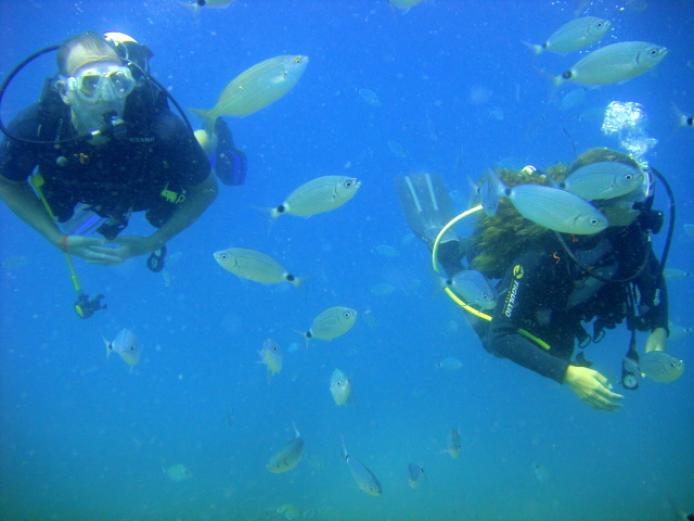Written by DAN Staff
Dive incident statistics show both improvements in diver safety and areas where divers may need more help. The DAN Annual Diving Report provides information about the most frequent causes of injury among divers. Dive professionals can learn from these statistics and continue to improve diver safety by reinforcing training concepts that encourage divers to follow safe diving practices. Knowing how to avoid common issues can reduce their chances of being involved in dive incidents.
Weighting
Overweighting is a common problem and a difficult issue to tackle. You may weight students correctly in class, but can’t control how they weight themselves after certification. Besides making a point to remind students that they should always use the correct amount of weight, you could address the issue with additional training, such as a PADI Peak Performancy Buoyancy course, or offer to help divers figure out proper weighting anytime the have an equipment change or just need a tune-up. Overweighting is a significant hazard to both new and experienced divers. Emphasize the need to develop good weighting habits to not only increase safety, but to also to add to their comfort and enjoyment in the water.
Buoyancy Control
With practice, every student should be able to attain neutral buoyancy and horizontal trim before finishing a course. You’re well aware that the inability to control buoyancy during ascent or descent can cause serious injury or death. Not being able to maintain their position or minimize drag in the water can cause new divers to become unaware of their depth or cause collisions with dangerous objects. It can also decrease visibility when they stir up the bottom and cause them to become exhausted due to excessive finning through the water. Focus on mastery of proper buoyancy techniques and encourage lots of practice in your courses. Keeping your students comfortably in control and happily finning through the water throughout their initial training will make them less likely to run into issues post-certification.
Checklists
The mandated use of checklists in aerospace, health care and other areas has significantly decreased the number of incidents and accidents in those industries. The same trend is coming into focus in diving. Whether you use the premade checklists from PADI materials or create your own, using a checklist is an excellent way to ensure that you have everything you need to run a class, board a vessel or get in the water, especially when managing multiple students and assistants. Checklists are an excellent resource for reducing errors. They should serve as reminders of key points rather than just to-do lists. Role model checklist use and encourage students to carry and use checklists for all their dives.
For more information about incident statistics, visit DAN.org.









